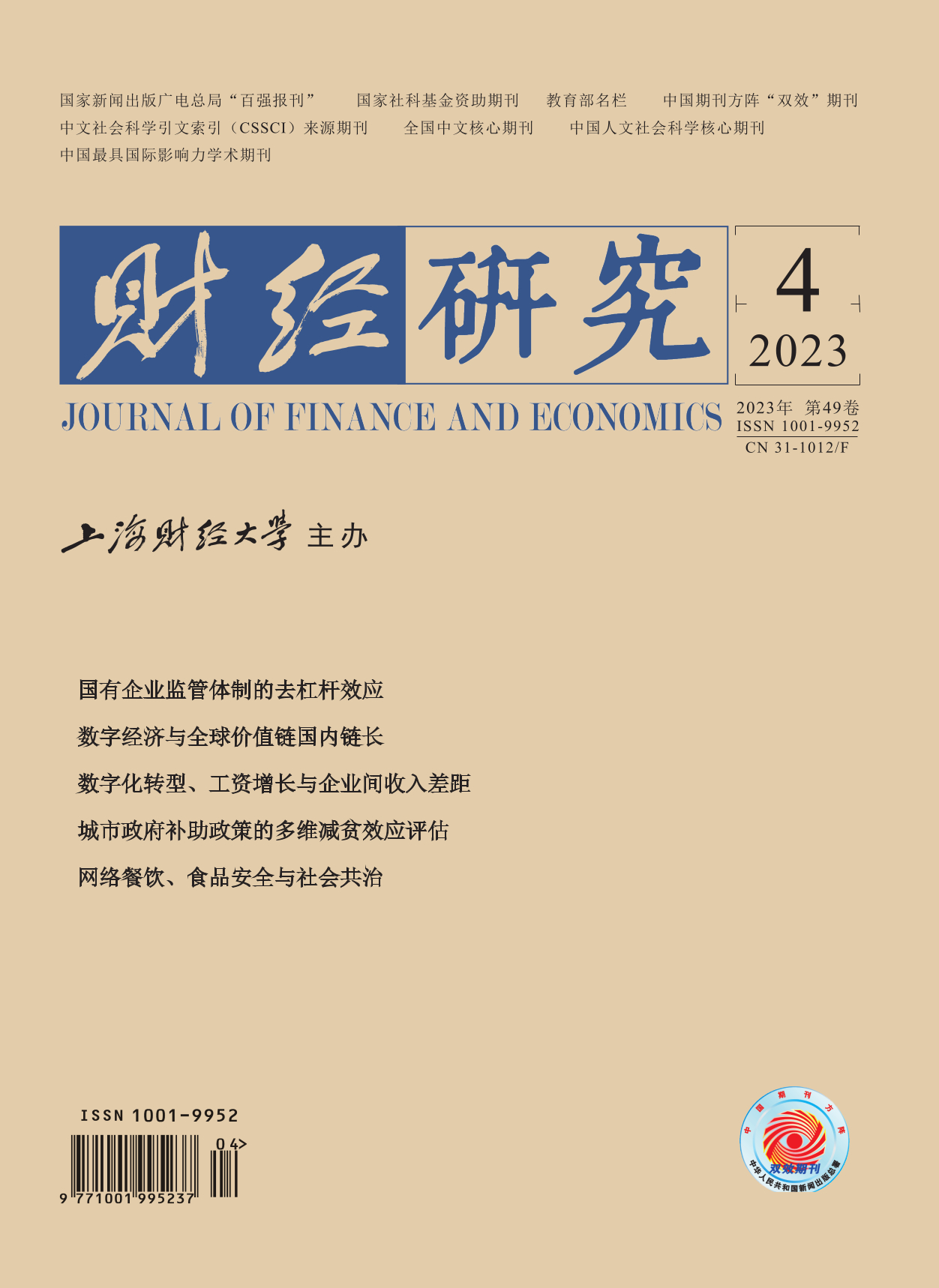The Internet reduces the contact between people, but it also increases the connection between people. The COVID-19 epidemic has aroused great concern and discussion from all walks of life about the Internet and infectious diseases, but there is a lack of relevant research on the relationship between the Internet and infectious diseases.
Based on the background of the COVID-19 epidemic, this paper uses the health panel data of 31 provinces and cities in China from 2009 to 2018 and the COVID-19 epidemic data to empirically investigate the impact of the Internet penetration on the incidence rate of Class A and B infectious diseases. This inhibition has significant heterogeneity between different regions, urban and rural areas, and different user structures. The popularity of the Internet has reduced the spread of infectious diseases through the three stages of “source prevention” “process control” and “post-mortem treatment”. This positive role is achieved through expanding the scale of the digital office market, reducing “face-to-face” contacts, and increasing the number of online consultations and the number of disease prevention and control centers.
The marginal contributions of this paper are as follows: First, little literature studies the relationship between the Internet and infectious diseases. This paper takes the lead in exploring the impact of the Internet on infectious diseases and its mechanism from both theoretical and empirical levels, which helps us to control the spread of infectious diseases from the source. Second, based on the characteristics of the “digital gap” between different regions, urban and rural areas, and different users of the Internet in China, this paper makes an in-depth study on the heterogeneity of the impact of the Internet popularization on infectious diseases, which is conducive to China’s “precise measures” in future Internet development and public health governance.
This paper provides a reference for us to understand the potential role of the Internet in the COVID-19 epidemic, and also provides policy support for the construction of “smart epidemic prevention” and “smart prevention and control” based on the Internet popularization in infectious disease prevention and control.





 5058
5058  4924
4924

